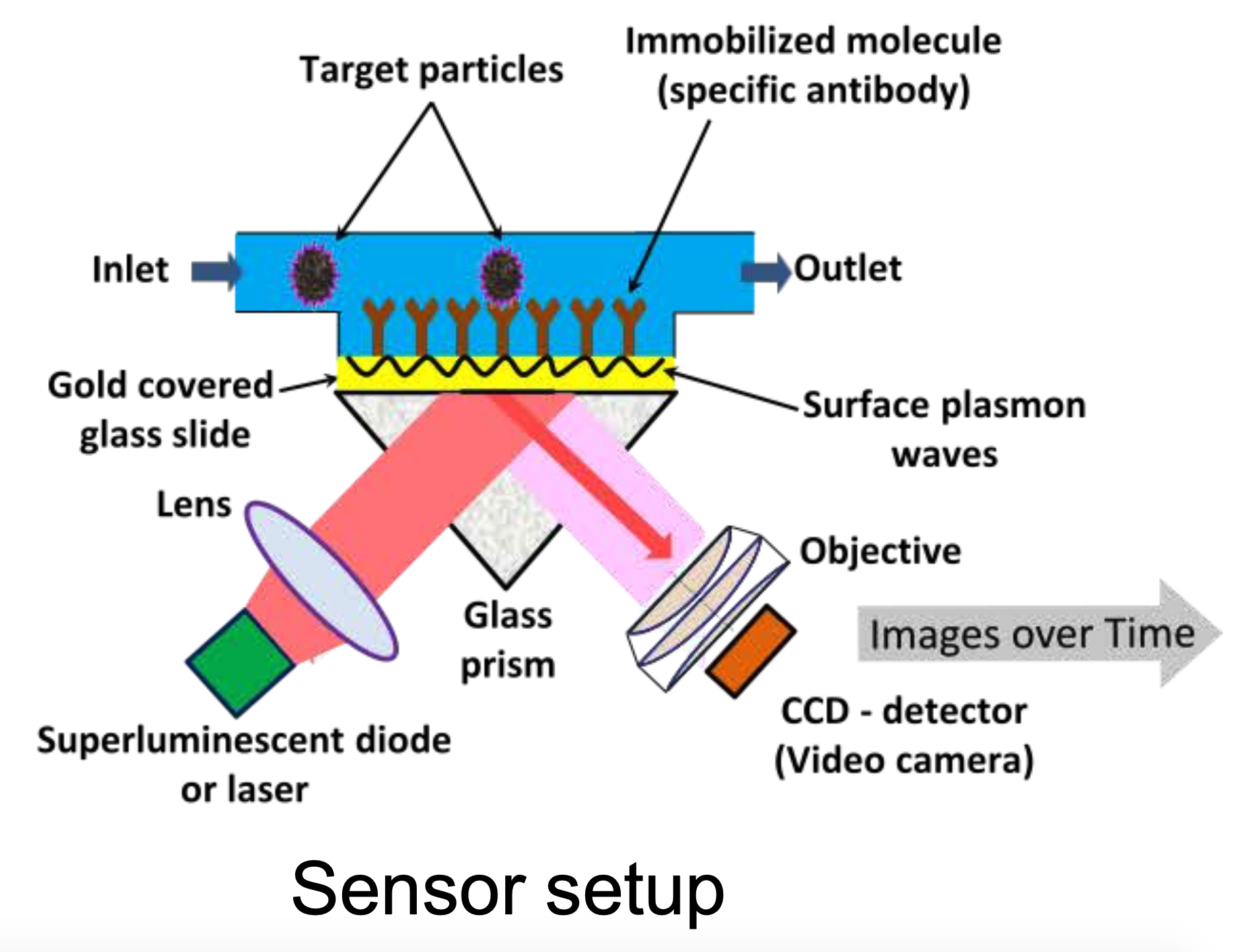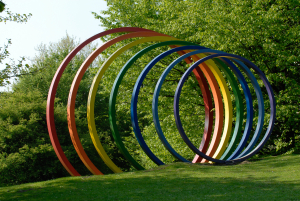

April 14, 2020 9:47
 The comprehensive real-time detection of the Coronavirus SARS-CoV-2 is a fundamental challenge. A biosensor called "Plasmon Assisted Microscopy of Nano-sized Objects" could make a valuable contribution here. The sensor represents a viable technology for mobile real-time detection and quantitative analysis of viruses and virus-like particles. A mobile system that can detect viruses in real time is urgently needed, due to the combination of virus emergence and evolution with increasing global travel and transport. It could be used for fast and reliable diagnoses in hospitals, airports, the open air, or other settings. The development of the sensor is part of the collaborative research center 876 funded by DFG (sfb876.tu-dortmund.de) and has been launched since 2010.
The comprehensive real-time detection of the Coronavirus SARS-CoV-2 is a fundamental challenge. A biosensor called "Plasmon Assisted Microscopy of Nano-sized Objects" could make a valuable contribution here. The sensor represents a viable technology for mobile real-time detection and quantitative analysis of viruses and virus-like particles. A mobile system that can detect viruses in real time is urgently needed, due to the combination of virus emergence and evolution with increasing global travel and transport. It could be used for fast and reliable diagnoses in hospitals, airports, the open air, or other settings. The development of the sensor is part of the collaborative research center 876 funded by DFG (sfb876.tu-dortmund.de) and has been launched since 2010.
The biosensor permits the imaging of biological nano-vesicles (e.g. the Coronavirus) utilizing a Kretschmann’s scheme of plasmon excitation with an illumination of a gold sensor surface via a glass prism. The sensor applies anti-bodies to bind the nano-sized viruses on a gold layer. The presence of viruses can be detected by the intensity change of the reflection of a laser beam. For more technical details, we refer the reader to our survey paper by Shpacovitch, et al. (DOI: 10.3390/s17020244). Characteristics of these binding events are spatiotemporal blob-like structures with very low signal-to-noise ratio, which indicate particle bindings and can be automatically analyzed with image processing methods. We capture the intensity of the reflected laser beams using a CCD camera, which result in a series of artifactious images. For analysis of the images provided by the sensor, we have developed nanoparticle classification approaches based on deep neural network architectures. It is shown that the combination of the sensor and the application of deep learning enables a real-time data processing to automatically detect and quantify biological particles. With the availability of anti-SARS-CoV-2 antibodies, the sensor could thus also be used to detect the Coronavirus.
